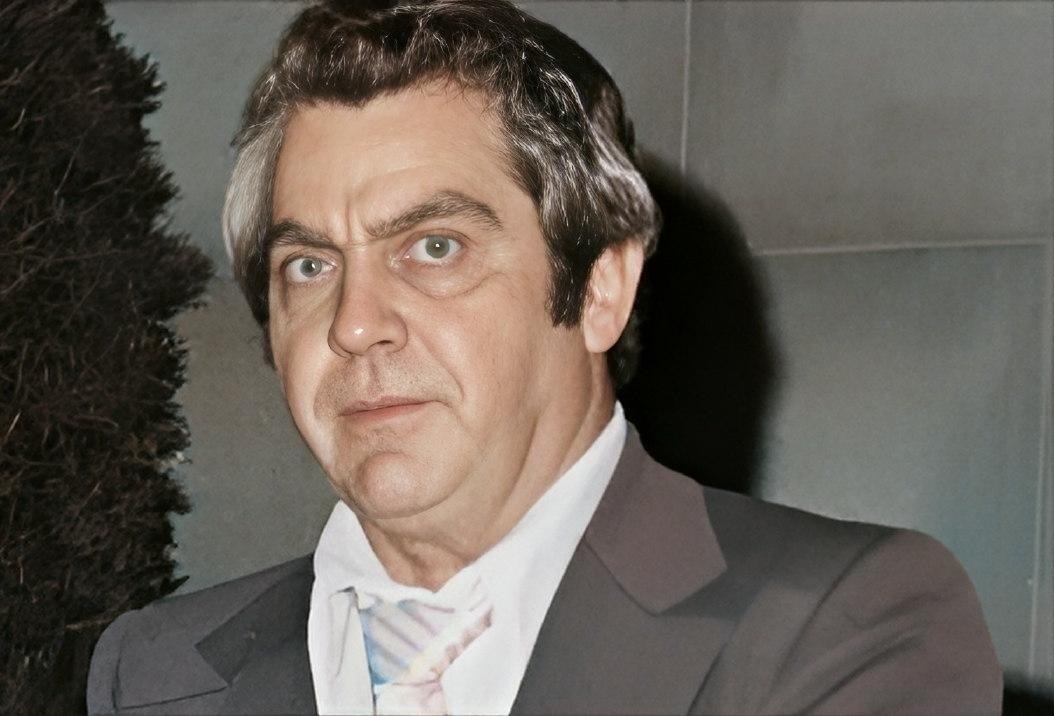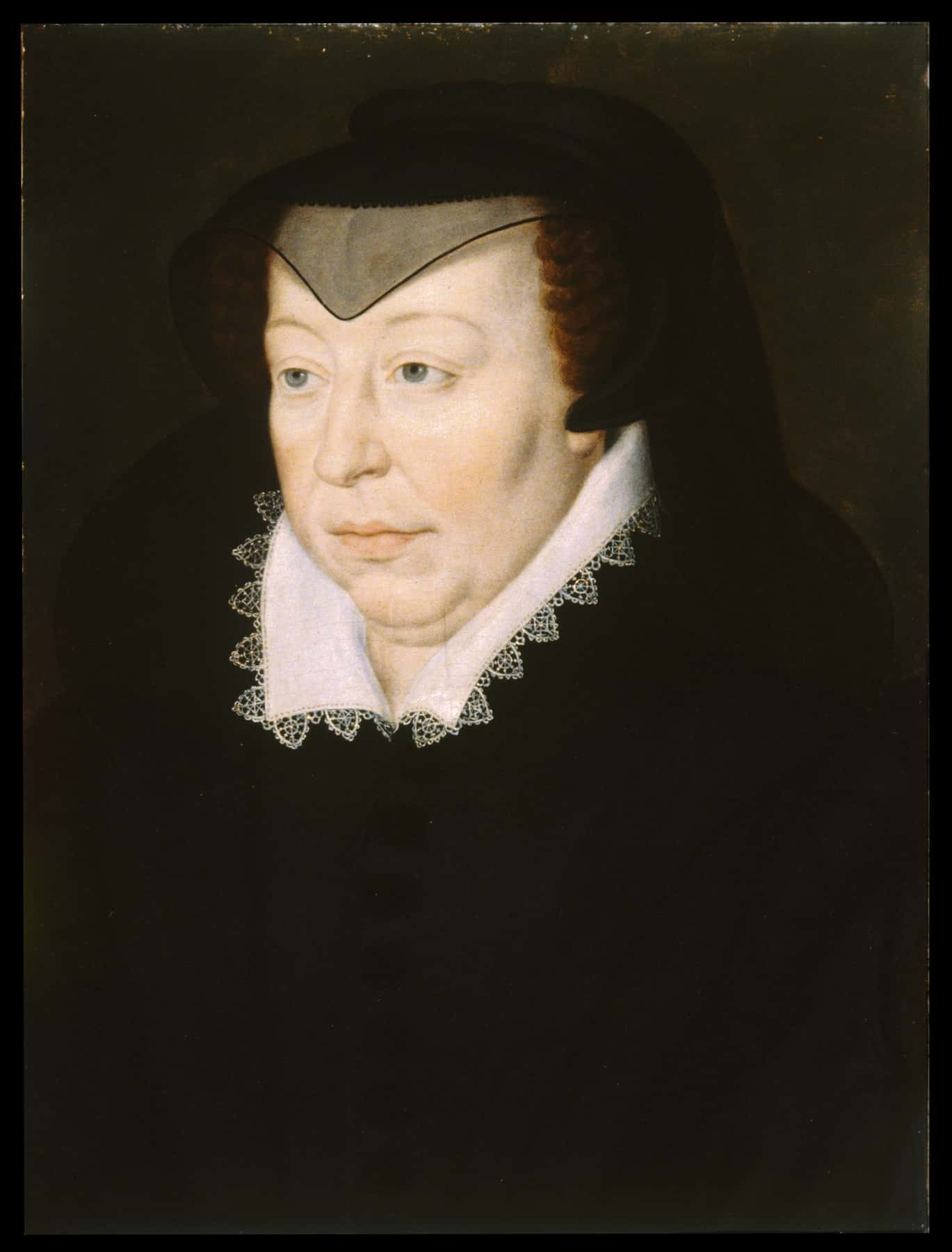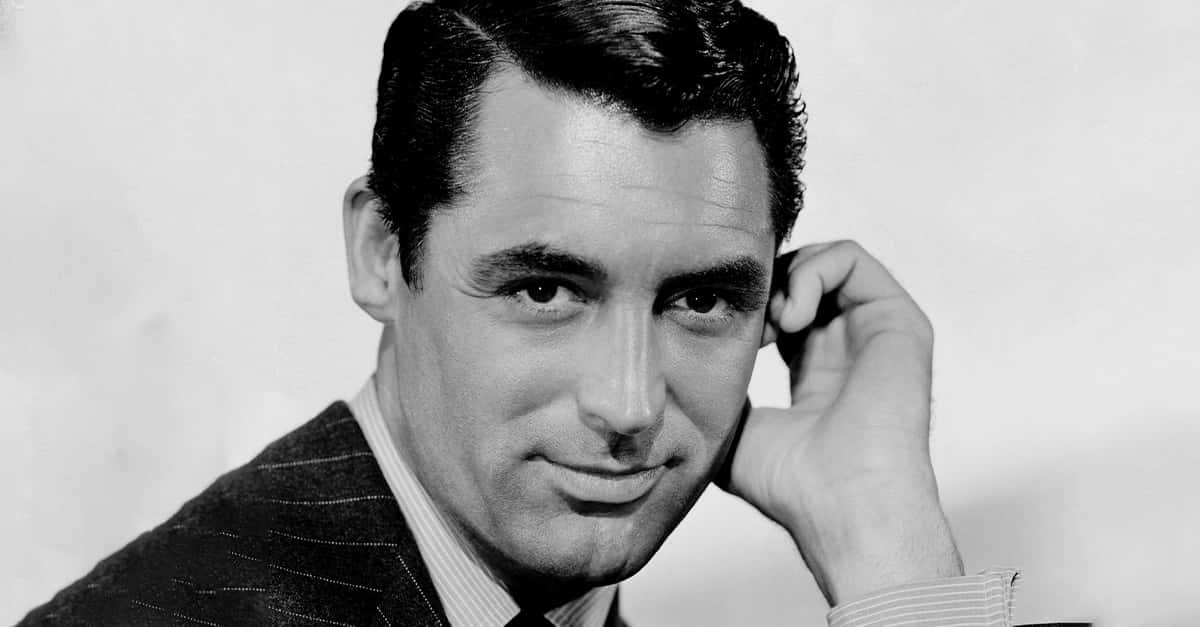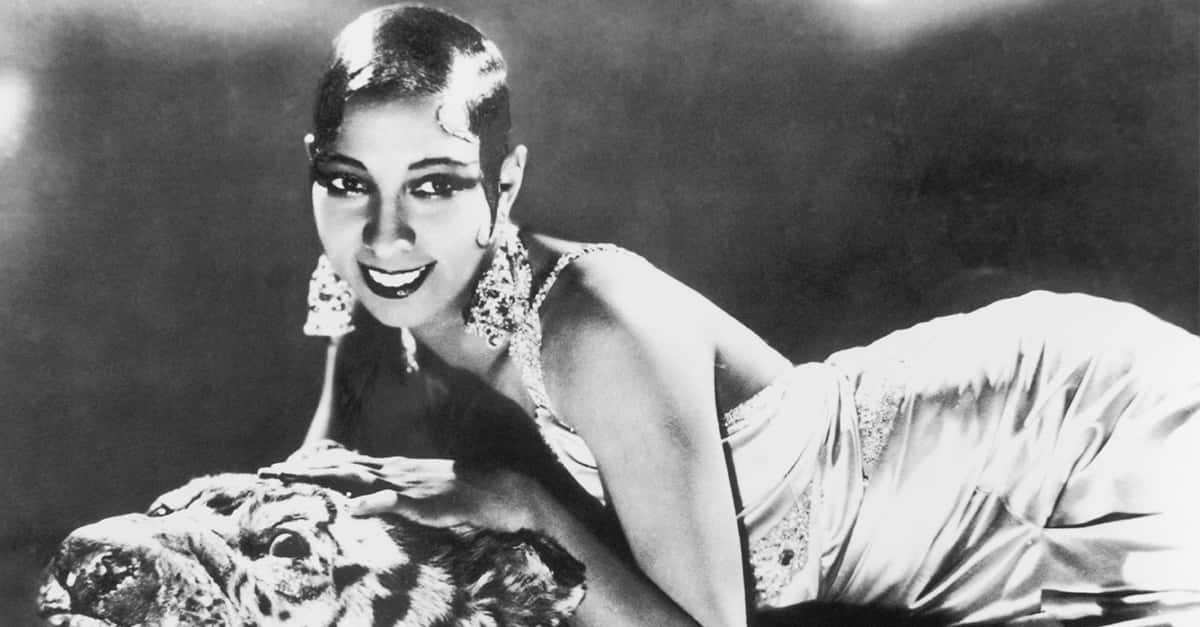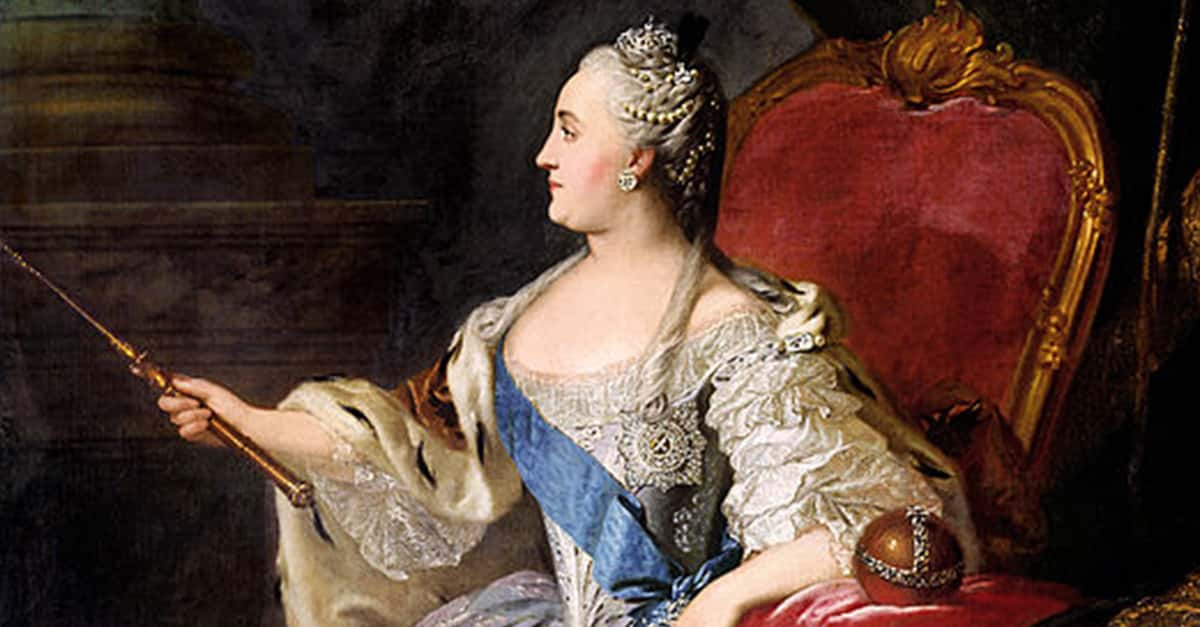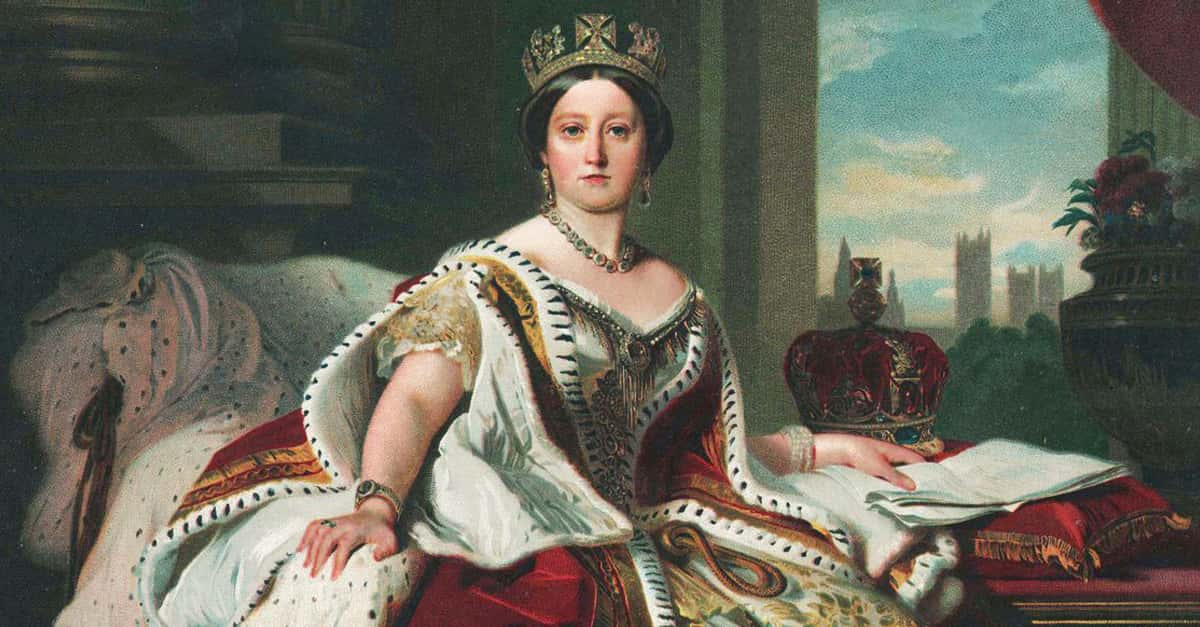In the early morning hours of December 11, 1978, a group of masked men pulled off what was then the largest cash robbery in American history. The target: the Lufthansa cargo building at JFK International Airport in New York. The haul totaled more than $5 million in cash and nearly $1 million in jewels—equivalent to over $25 million today. This record trove of loot was the result of a carefully planned operation rooted in the heart of organized crime.
The Airport Inside Job
The heist relied on an insider. Louis Werner, a Lufthansa employee up to his eyeballs in gambling debts, provided key intelligence about incoming shipments of untraceable cash from Germany. His information included schedules, security weaknesses, and how to avoid surveillance. Werner tipped off his friend, bookmaker Peter Gruenwald, who relayed the info to mob associate Henry Hill—later immortalized in Martin Scorsese’s Goodfellas (1990).
The Mastermind Behind The Plan
James “Jimmy the Gent” Burke, an Irish-American mobster affiliated with the Lucchese family, was the brains of the operation. Known for his calm demeanor and brutal efficiency, Burke assembled a trusted crew of guys to carry out the heist. Their familiarity with the airport and its security made them a perfect fit for the job. Burke’s plan relied on speed, precision, and silence afterward.
Executing The Perfect Robbery
Just after 3 am, the six-man crew entered the cargo building. They wore ski masks and brandished guns but carried out the robbery without firing a shot. The guards and employees were tied up and told they would be executed if they triggered alarms. Within an hour, the thieves had loaded over 70 pounds of cash and jewels into a van and disappeared into the night. No trace was left at the scene.
The Aftermath Unravels Quickly
Despite the robbery’s flawless execution, the aftermath soon started to get messy. Burke had warned the crew to keep a low profile and not spend any of the stolen money. But several members disregarded his orders, drawing attention with flashy purchases. One thief bought a new Cadillac, another threw a lavish party. These mistakes alarmed Burke, who began methodically eliminating anyone he feared could tie him to the heist.
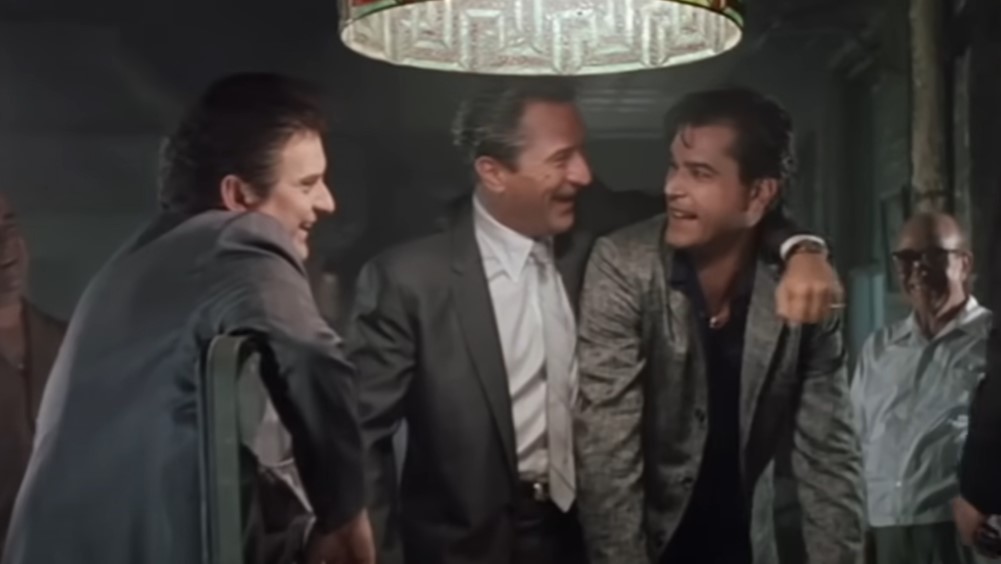 Warner Bros., Goodfellas (1990)
Warner Bros., Goodfellas (1990)
A Trail Of Corpses
Over the next year, more than a dozen people connected to the Lufthansa job were eliminated. Thomas DeSimone, a violent enforcer portrayed by Joe Pesci in Goodfellas, vanished and was presumed slain. Parnell “Stacks” Edwards, who failed to dispose of the getaway van was also executed. The growing body count unnerved investigators and made the case even more notorious. Burke’s clean-up campaign was as ruthless as it was effective.
Law Enforcement’s Frustration
The FBI launched an intense investigation, eventually dubbing the case “The Heist of the Century.” While they suspected Burke from early on, they lacked sufficient evidence to charge him. Witnesses either turned up deceased or refused to talk. The silence enforced by Mafia loyalty and fear of reprisal kept law enforcement at bay for years. It was one of the most frustrating cases the Bureau had ever seen.
Henry Hill Turns Informant
In 1980, Henry Hill was taken into custody on drug trafficking charges. Fearing for his life and facing a long prison sentence, he entered the Witness Protection Program and cooperated with authorities. Hill’s testimony led to the conviction of several Lucchese members on unrelated charges and gave critical details about the Lufthansa robbery. However, Burke was never charged for the heist itself, but for unrelated offenses that finally put him behind bars.
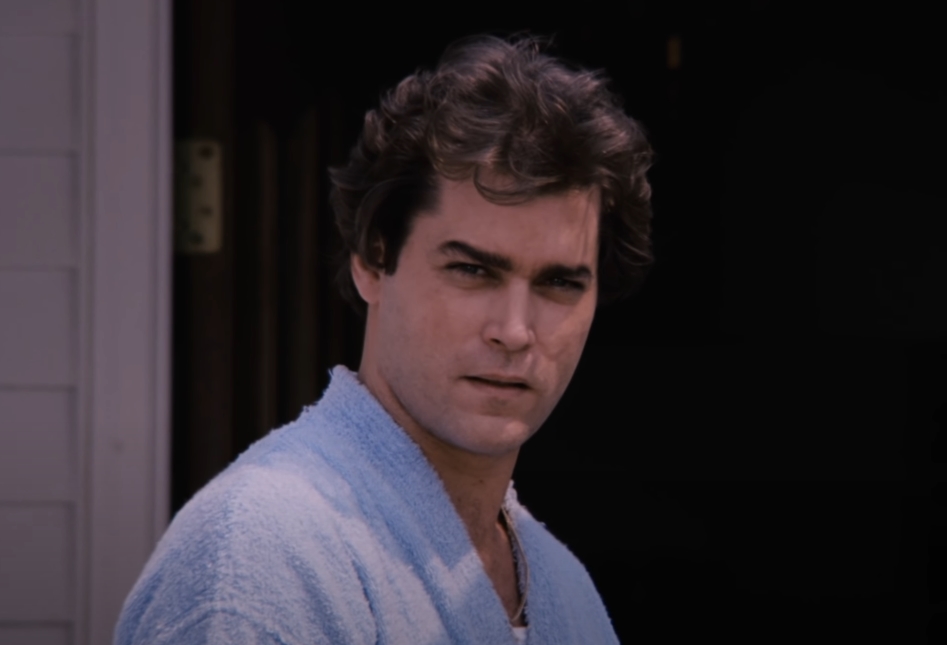 Warner Bros., GoodFellas (1990)
Warner Bros., GoodFellas (1990)
The Lufthansa heist plays a central role in Martin Scorsese’s 1990 film Goodfellas, based on Hill’s life. The movie portrays the robbery as a turning point—where greed, paranoia, and betrayal unravelled the mob’s tight-knit world. The film’s stylized depiction immortalized the event in pop culture, bringing widespread attention to a heist that had already captured the public imagination.
A Heist Still Shrouded In Mystery
Despite decades of investigation, the Lufthansa loot was never recovered. No one was ever officially charged for orchestrating the robbery. In 2014, Vincent Asaro, an aging Bonanno family member, was tried and acquitted for his alleged role. The case is still open but the trail has gone cold. But for many, the 1978 Lufthansa heist still symbolizes the peak—and inevitable downfall—of the mob’s golden era in America.
You May Also Like:
Out-Of-Control Facts About James Gandolfini, The Ultimate TV Mob Boss
Frank Nitti: The Enforcer Who Took Over Al Capone's Empire
The Biggest Art Heist of All Time: The Isabella Stewart Gardner Museum Theft


